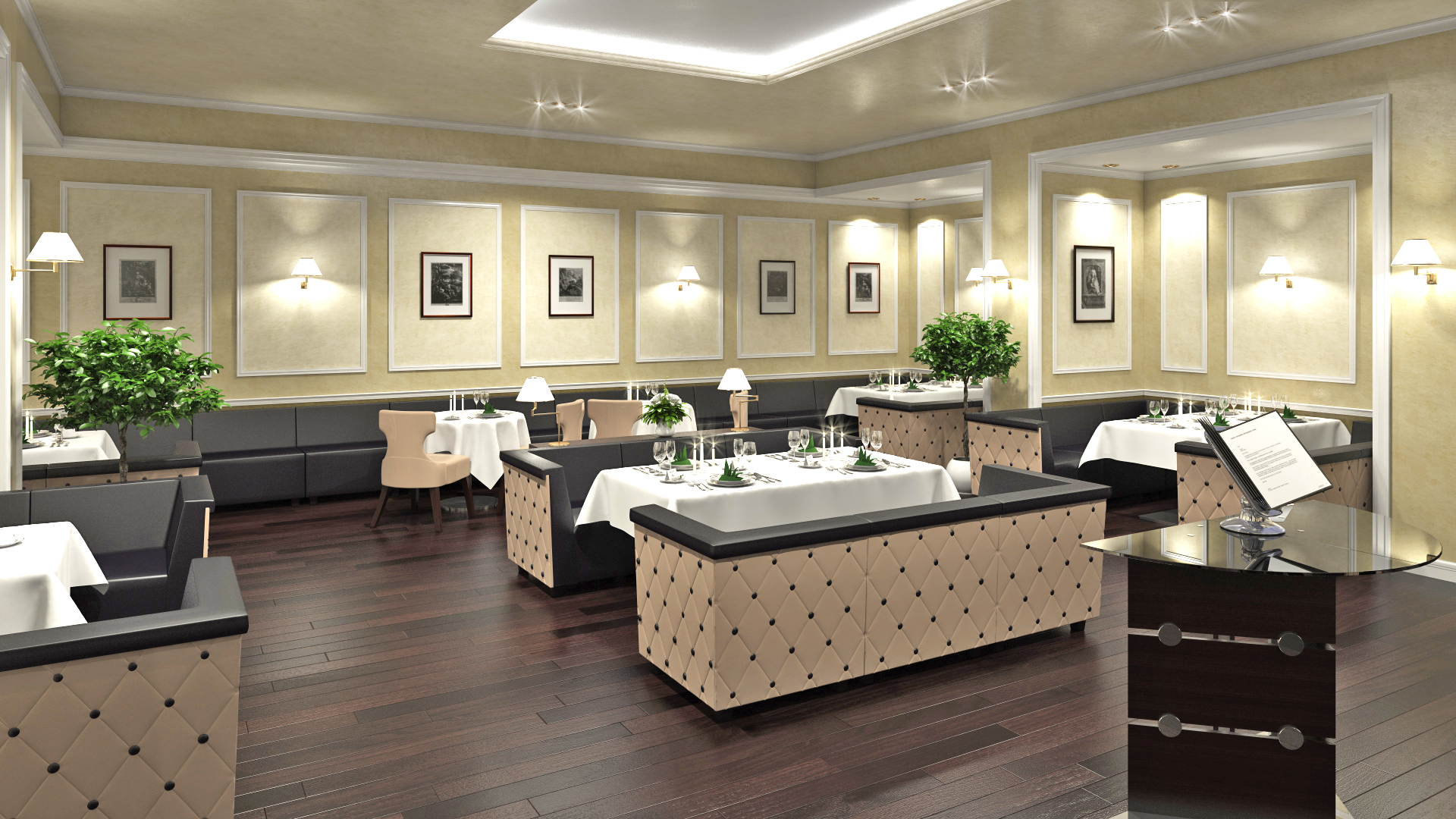 As 2018 draws to close, and we warm up our voices for yet another rendition of Auld Lang Syne, it often behooves us to take a look back on the year we just experienced both personally and professionally.
As 2018 draws to close, and we warm up our voices for yet another rendition of Auld Lang Syne, it often behooves us to take a look back on the year we just experienced both personally and professionally.
For those of us interested in the trends in hospitality and restaurant interior design, there were quite a few exciting developments that we might have missed. Sometimes, the hardest things to see are those that we witness every day.
Dining as an Experience
In an increasingly competitive hospitality marketplace, consumers in most markets have more options for dining options than they have time to experiment and shop around. Word of mouth advertising becomes more and more critical, and when customers describe a restaurant or lounge to their friends, they often speak more about the experience than the food itself.
The style and theme of the restaurant interior are some of the most potent aspects of this experience since it lays the foundation for the food and service.
Custom Lighting
Closely following a similar trend in residential spaces; restaurants and lounges are implementing custom lighting schemes into their overall ensembles. Indirect LED lighting under bars and tables, remote controlled dimmable overhead lights, and multi-colored LEDs all became more common features in hospitality interior design during 2018.
A concurrent and seemingly contradictory trend was a move toward the use of more ambient lighting. Restaurants endowed with large windows traditional overhead pieces relied more heavily on those sources to generate a homier and less contrived feel to their establishment.
Going Green
This seems to be a theme every year, and 2018 was no exception. However, in this case, we're not referring to "green" in the conservation sense, this was a trend towards more plants decorating the restaurant interior. Recent studies indicate a strong link between mental well-being and the presence of natural greenery. Thus, it is only natural that an abundance of plant life would add to a customer's enjoyment of his dining experience.
Not only did the traditional hanging and standing plants proliferate, we even saw the implementation of more indoor living green walls. These green walls seek to maximize the amount of green life in the lounge without compromising any floor space.
Soundproofing
In the eternal cultural struggle between excitement and peace and quiet, the lovers of privacy could declare a victory in 2018 with the introduction of more soundproofing materials installed into the restaurant structure.
In the past, soundproofing materials were generally not adequately fire-rated for a restaurant environment. However, recent advancements in more acoustic friendly fabric wrapped panels can provide sound absorption while still meeting local and national fire codes. It's a delicate balance; nobody wants to eat in a library, but the incessant chatter and clanking of plates and silverware from nearby tables can be distracting.
Counter Trends
Two thousand eighteen saw less white walls as the pendulum of consumer tastes swung away from the austere, clean, crisp, and barren walls so popular in the last few years as bold blasts of bright colors began to dominate hospitality interiors.
Another trend in retreat was the industrial look: The exposed worn brick walls that may have once housed some sort of sawmill and seemed like relics from some ancient and forgotten civilization are no longer chic and fell out of favor during the previous year.